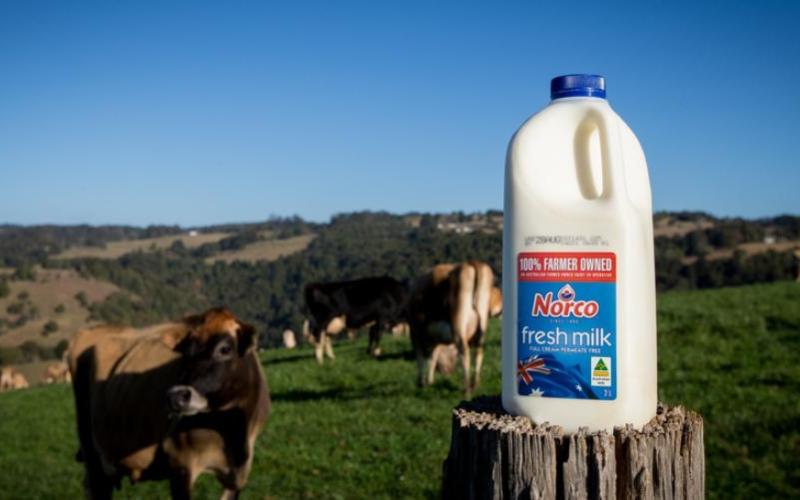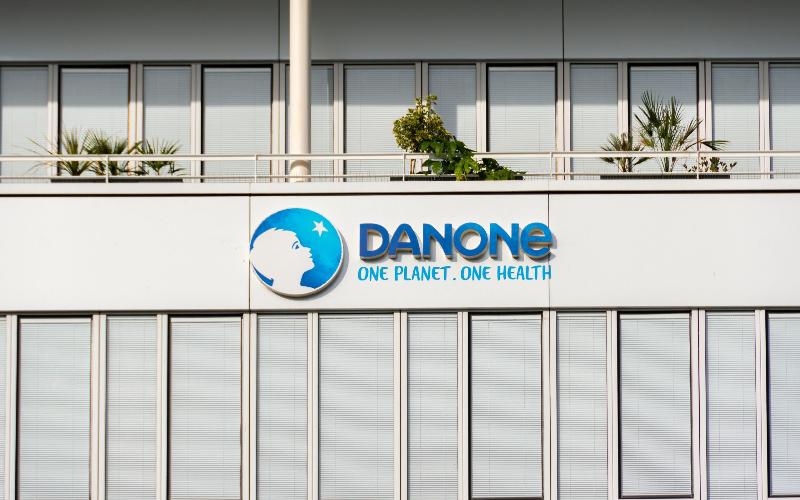Global Crop Production Faces Economic Challenges Amid Cost and Price Shifts
Sourse: The DairyNews
During its annual conference held from June 12-14 in Valladolid, Spain, the agri benchmark Cash Crop Network, under the auspices of the Spanish Ministry of Agriculture and its operational partner Tragsa, tackled the pressing issues facing global crop production. The gathering drew 55 international experts who deliberated over the economic challenges that loomed over the agricultural sector in 2023 and projected further into 2024.

The consensus among these experts is that 2023 has been a tough year economically for most benchmarked farms, contrasting sharply with the more profitable preceding years. Key factors contributing to this downturn include persistently high fertilizer costs, despite a global market downtrend, alongside escalating machinery costs and diminishing output prices. These factors combined have led to significant reductions in returns to land, putting pressure on farm operations worldwide.
Looking ahead to 2024, the outlook remains somewhat pessimistic. The network, coordinated by Germany's Thünen Institute, anticipates that while there might be some relief from slightly lower fertilizer prices, it won't be sufficient to offset rising machinery costs and further drops in farm-gate production prices. This economic squeeze is expected to challenge the ability of many farms to meet current land rent demands.
Among the topics discussed, the conference highlighted the boom in U.S. renewable diesel production, spurred by new blending targets set by several states. This surge is projected to create a substantial demand for soybean oil, estimated to reach 8 million tons annually by 2029—a significant increase necessitating expanded soybean acreage. According to Margaret Lippsmeyer from Purdue University, this could mean a 15% increase in soybean farmland, potentially shifting farming practices from continuous corn rotations to more diverse corn-soy and corn-soy-soy rotations.
In terms of regional impacts, the conference noted that while Central and Eastern European farms have not seen significant price disruptions from Ukrainian grain inflows, localized price drops near the Ukrainian border were observed.
EU sugar production also saw a notable upturn in 2023 due to favorable pricing, with the EU returning to a net exporter status. This development has bolstered the profitability of sugar beet production, significantly outpacing other crops.
Lastly, the conference addressed the much-discussed topic of regenerative agriculture. While the approach has been promoted as a solution to environmental concerns in farming, the agri benchmark Network expressed skepticism about its claimed benefits, particularly in terms of greenhouse gas savings and overall economic viability. A forthcoming thesis paper from the network aims to set more realistic goals and meaningful indicators to effectively tackle these environmental challenges.
In conclusion, the agri benchmark conference shed light on the myriad challenges and developments within the global agricultural sector, offering insights and data crucial for understanding the shifting landscape of crop production economics.
Looking ahead to 2024, the outlook remains somewhat pessimistic. The network, coordinated by Germany's Thünen Institute, anticipates that while there might be some relief from slightly lower fertilizer prices, it won't be sufficient to offset rising machinery costs and further drops in farm-gate production prices. This economic squeeze is expected to challenge the ability of many farms to meet current land rent demands.
Among the topics discussed, the conference highlighted the boom in U.S. renewable diesel production, spurred by new blending targets set by several states. This surge is projected to create a substantial demand for soybean oil, estimated to reach 8 million tons annually by 2029—a significant increase necessitating expanded soybean acreage. According to Margaret Lippsmeyer from Purdue University, this could mean a 15% increase in soybean farmland, potentially shifting farming practices from continuous corn rotations to more diverse corn-soy and corn-soy-soy rotations.
In terms of regional impacts, the conference noted that while Central and Eastern European farms have not seen significant price disruptions from Ukrainian grain inflows, localized price drops near the Ukrainian border were observed.
EU sugar production also saw a notable upturn in 2023 due to favorable pricing, with the EU returning to a net exporter status. This development has bolstered the profitability of sugar beet production, significantly outpacing other crops.
Lastly, the conference addressed the much-discussed topic of regenerative agriculture. While the approach has been promoted as a solution to environmental concerns in farming, the agri benchmark Network expressed skepticism about its claimed benefits, particularly in terms of greenhouse gas savings and overall economic viability. A forthcoming thesis paper from the network aims to set more realistic goals and meaningful indicators to effectively tackle these environmental challenges.
In conclusion, the agri benchmark conference shed light on the myriad challenges and developments within the global agricultural sector, offering insights and data crucial for understanding the shifting landscape of crop production economics.














